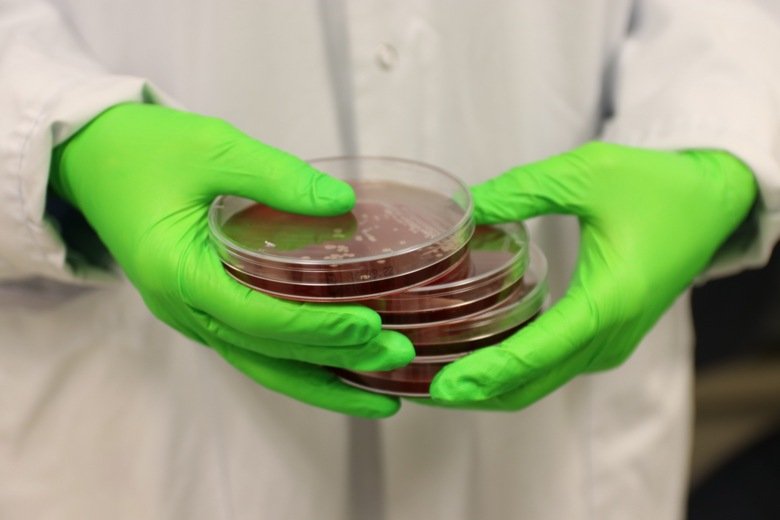New thesis on the possibilities of the treatment of serious tissue infections

Helena Bergsten, Center for Infectious Medicine (CIM) at the Department of Medicine Huddinge, is defending her thesis "Streptococcal and Staphylococcal Tissue Infections: Therapeutic Challenges and Opportunities" on December 17th 2021. Main Supervisor is Professor Anna Norrby-Teglund.

What's the main focus of your thesis?
My thesis examines today's challenges and possibilities with the treatment of tissue infections caused by the bacteria Streptococcus pyogenes (S. pyogenes) and Staphylococcus aureus (S. aureus). Historically these bacteria have been the leading cause of life-threatening infections in humans, even today they lead to more than half a million deaths globally each year.
In the thesis, we examine the effect of current treatments for these types of infections. We investigate whether expensive treatments are effective, and in that case at what dosage. We study if it's possible to kill bacteria in human tissue, using a certain type of antibiotic in order to achieve a better effect than with today's treatment. With my thesis, I wish to find ways to improve the outcome of infections.
Which are the most important results?
When we examined blood samples from patients we saw that a low dose (25g) intravenous immunoglobulin (IVIG) is sufficient to neutralize the dangerous superantigen-effect that the streptococcal toxins have on our T-cells. Today's standard treatment, in the form of penicillin and klindamycin, does not seem to be sufficient to clear streptococcal tissue infections. However, adjunctive rifampicin increases the antibiotic efficacy and may result in a more effective treatment.
Tissue infections caused by S. pyogenes is often complicated by biofilm formation, which is when the bacteria form a biofilm, a kind of molecular shield the bacteria use to protect themselves. The biofilm is regulated by the bacteria's own communication system called Agr. According to our studies, this system seems to be a promising therapeutic target for new treatments for S. aureus, which may have some advantages over typically used antibiotics.
How can this new knowledge contribute to the improvement of people’s health?
By increased knowledge about bacterial behavior in tissue, we can understand why treatment outcomes today are insufficient and continue to improve them. Many of those who survive a bacterial infection have physical problems even after the recovery, therefore we need better treatment options than what we have today.
My hope is that low dose IVIG can be used in the treatment of streptococcal necrotizing soft tissue infections, and that adjunctive rifampicin also can be used as part of treatment. However, the effect of these methods must first be proven through clinical studies.
What are your future ambitions?
I will continue to study these infections and try new types of treatments. Initially, I will study the effect of a newly developed nanomedicine, which can be effective in severe bacterial infections. I'm a medical doctor and would like to work as one, and also lead clinical studies on this subject.
Dissertation
Dissertation December 17th at 9:00 via Zoom / 9Q Månen at Alfred Nobels Allé 8, Huddinge, Floor 9
